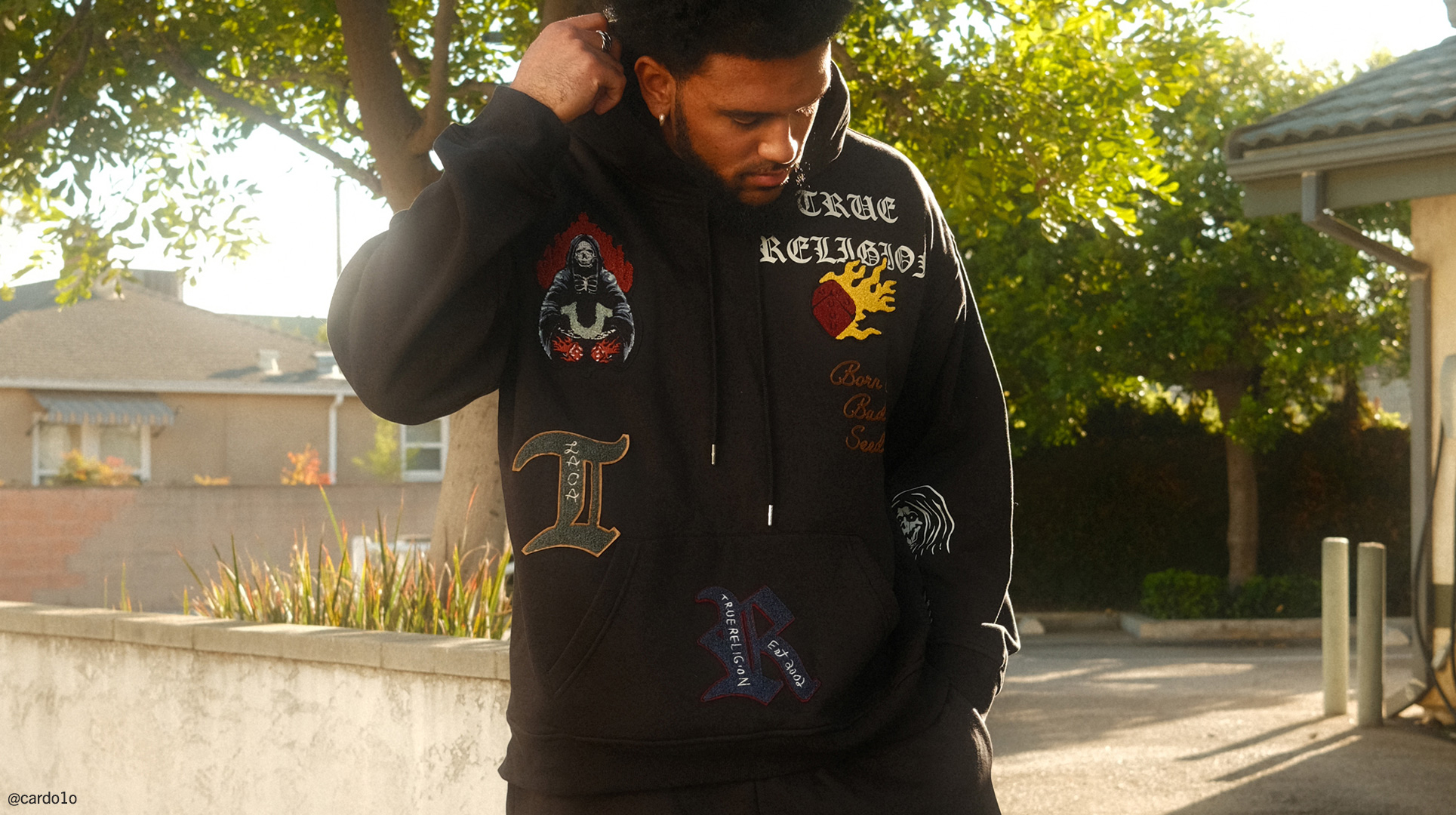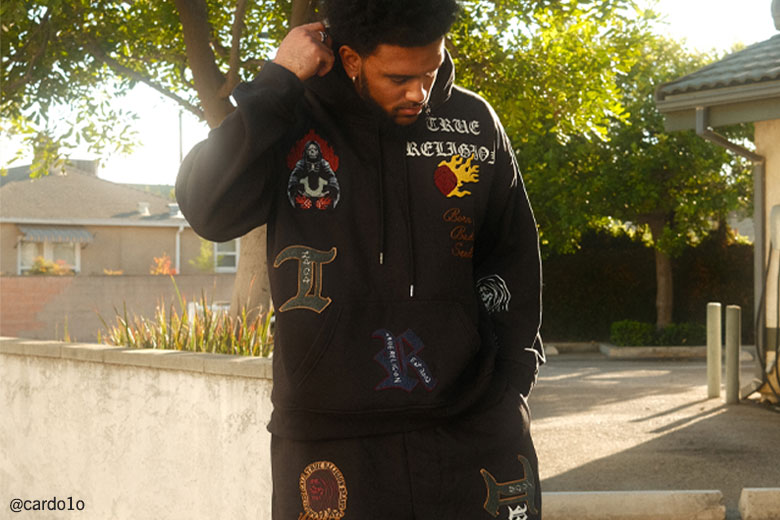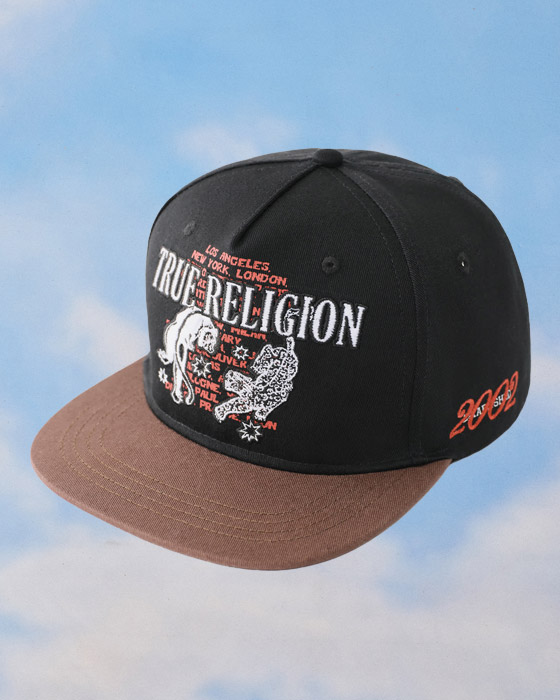

HOW TO LAYER FOR COLD WEATHER
Written by
True Staff
Layering may seem straightforward… after all, it’s just piling on clothes, right? But there’s more to layering than simply stacking pieces. Continue reading to find out how to layer properly for winter, spring, and beyond.
THE TRIFECTA: LAYERING ESSENTIALS
Think of layering as a clothing sandwich to keep you warm and comfortable. This art relies on three essential components working together: the base layer, the middle layer, and the outer layer (shell).
BASE LAYER
Your base layer is your foundation for staying warm through cold winter and spring days. What you wear as your base should feel like another skin. It keeps you dry by wicking sweat and helps maintain your body heat. So when you’re strolling in the cold, you won’t have to worry about sweat cooling you down further (brr). For your base layer, choose a long-sleeved shirt or zip-up made of materials like elastane (spandex), polyester, nylon, or wool. Try to avoid cotton tops as your base when layering, as they tend to absorb moisture versus evaporating it.
MIDDLE LAYER
The meat of your layering stack, the purpose of a middle layer is to prevent heat loss and provide insulation. While it doesn’t manage moisture like the base layer, it works to retain the warmth your body generates. The middle layer you should choose ultimately depends on how chilly it is and current weather conditions. Your middle layer could be a wool sweater, fleece hoodie, or puffer jacket. For example, a long-sleeve puffer jacket would be more favorable than a light-weight fleece if it's colder.
OUTER LAYER / SHELL
The outer layer, or shell, is the finishing touch. The goal of a shell is to shield you from the elements, keeping you dry and warm against bone-chilling rain, wind, and snow. What could be considered a shell includes windbreakers, softshell jackets, raincoats, or insulated parkas—each tailored to different weather conditions. When the temperatures are mild, a shell is sometimes unnecessary, as you can get away with the first two layers. Still, in the case of a weather event, it’s a good idea to have one just in case, especially if you’re planning on being outside for an extended amount of time, whether that be a hike or a jog. Good examples of a shell are the stylish Horseshoe Windbreaker Jacket and Reflective Zip Hooded Windbreaker, which can easily be peeled off and layered on.
OTHER TIPS FOR LAYERING UP
It’s not all about staying warm; layering is about striking the right balance between function, comfort, and style.
PICK WITH INTENTION
You don’t have to adhere strictly to the three layers. For example, if you’re jogging on a mild, rainy spring day, you could get away with a base, sweat-wicking layer, and waterproof shell. As for dry, windless days, skip the shell and focus on a middle layer that you know will keep you comfortable, like the Contrast Sherpa Hoodie.
DON’T SACRIFICE COMFORT
Feeling bulky? Layer strategically so you don’t feel constrained. Pick a fitted, thermal base layer, and pair it with a lightweight sweater or fleece jacket and a structured piece of outerwear.
HAVE FUN WITH IT
Layering doesn’t mean trading style for warmth; treat your layers as a cohesive outfit. Choose accents and color palettes that work together for a polished look. If the weather is fair, wear a neutral long sleeve with a cool, sleeveless puffer vest.
Get bundled up with more from True Religion; shop women’s and men’s outerwear to stay cozy.












